RAE Systems BWC100 Honeywell BW CONNECT/BEACON User Manual SU3BWC100 Manual REV1
RAE Systems, Inc Honeywell BW CONNECT/BEACON SU3BWC100 Manual REV1
User manual
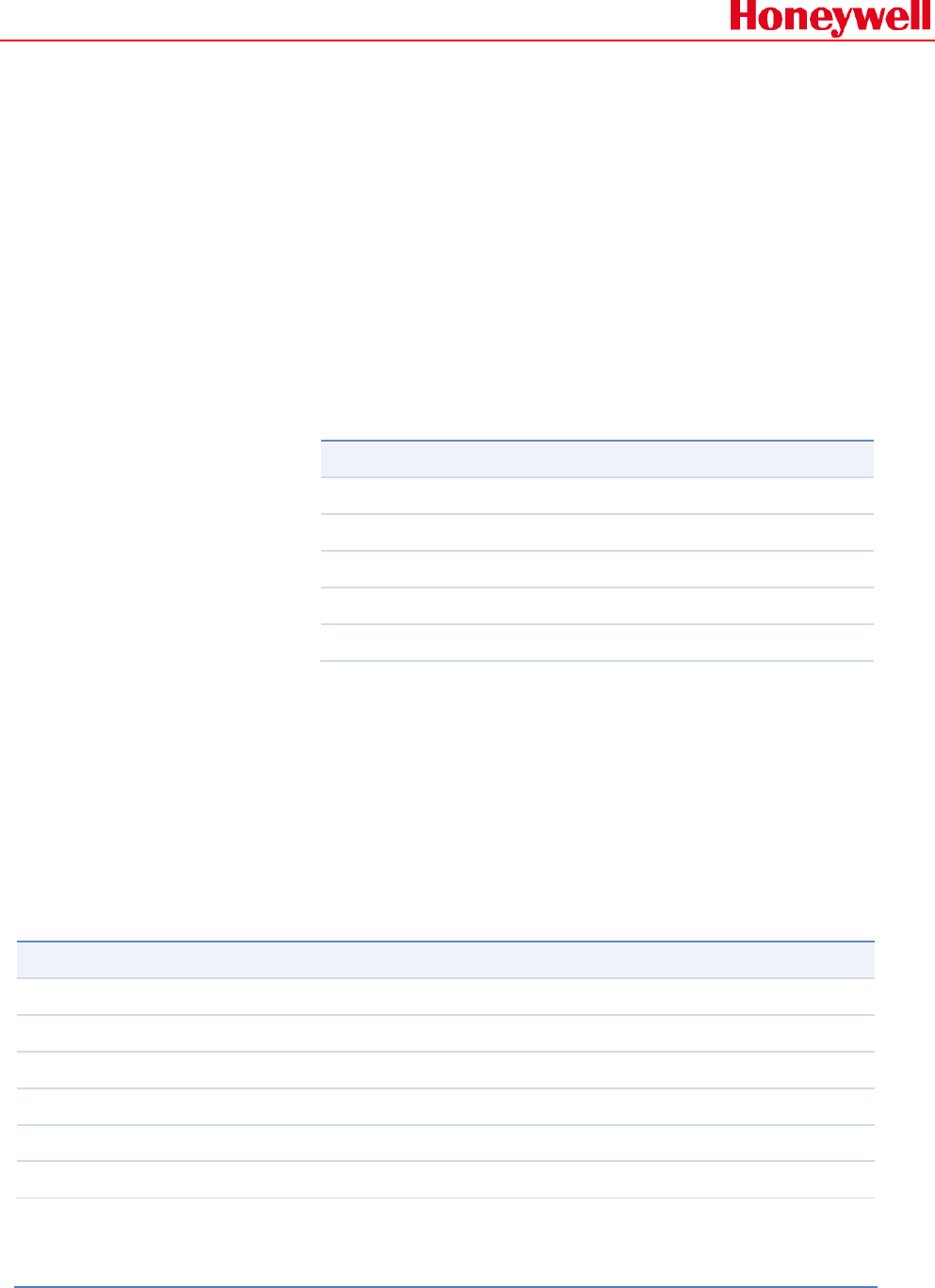
RAE Systems by Honeywell
Honeywell Confidential and Proprietary Revision –1.0 Page 1 of 10
Copyright ©
2018
Honeywell Analytics, All rights reserved.
Honeywell BW CONNECT/BEACON
Document Information
Info Content
Author(s) WangKai
Revision 1.0
Document Status Draft
Date Mar.9, 2018
Distribution Internal Use Only
Approvals
Name Date Signature
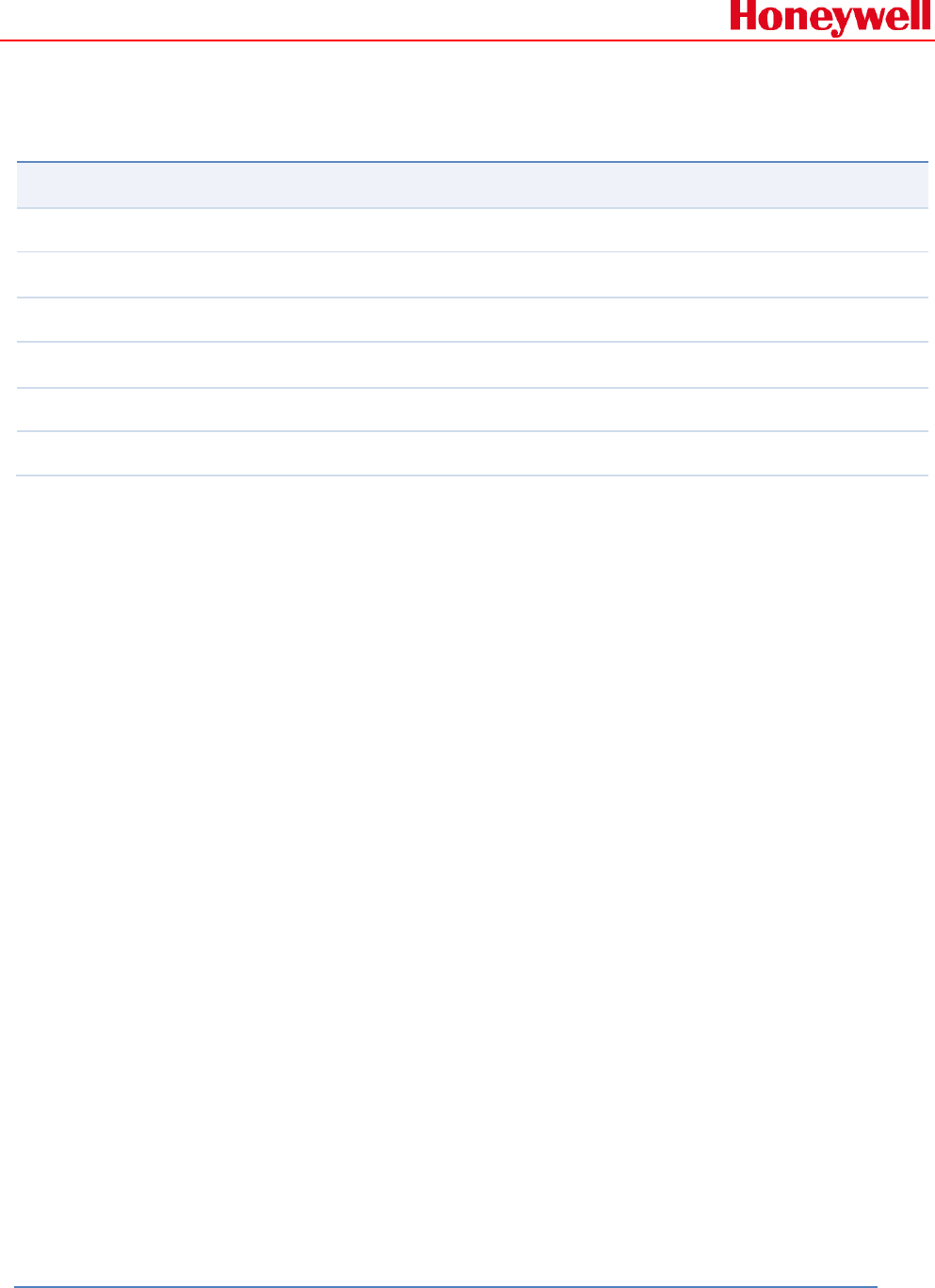
RAE Systems by Honeywell
Honeywell Confidential and Proprietary Revision –1.0 Page 2 of 10
Copyright ©
2018
Honeywell Analytics, All rights reserved.
Release Histroy
Rev. Date Author Descripition
1.0
Mar 09, 2018
WangKai Initial draft

RAE Systems by Honeywell
Honeywell Confidential and Proprietary Revision –1.0 Page 3 of 10
Copyright ©
2018
Honeywell Analytics, All rights reserved.
Contents
1. Section1: ......................................................................................................................................... 4
1.1 Summary: ............................................................................................................................ 4
1.2 Key Features: ...................................................................................................................... 4
2. Section2: ......................................................................................................................................... 5
2.1 Block Diagram:.................................................................................................................... 5
3. Section3: ......................................................................................................................................... 5
3.1 Voltage: ............................................................................................................................... 5
3.2 Current Consumption: ........................................................................................................ 6
3.3 RF Specification: ................................................................................................................. 7
3.4 Antenna Specification: ........................................................................................................ 7
8
4. Section3: ......................................................................................................................................... 8
4.1 Physical Characteristics: ..................................................................................................... 8
5. Regulatory: ...................................................................................................................................... 9

RAE Systems by Honeywell
Honeywell Confidential and Proprietary Revision –1.0 Page 4 of 10
Copyright ©
2018
Honeywell Analytics, All rights reserved.
1. Section1:
1.1 Summary:
Honeywell BW CONNECT/BEACON is based on BLE chips and IRDA module
providing a quick, easy and cost effective way to add BLE capabilities for BW gas
products with IRDA. It is an IRDA to BLE adapter (dongle) which allows existing
BW instruments to become IoT enabled devices and instantly kick start the
Connected Worker ecosystem, customers can read gas information by a wireless
way on a phone.
The differences between BWC-1001 and BWC-1002 are that: BWC-1002 has a
different enclosure with power key which allow EUT sleep or be waked up.
1.2 Key Features:
• BLE with internal antenna
• Support BLE4.2 and 5.0
• Support 2.0Mbps data rate
• AES-128 security
• IRDA
• Low power consumption
• FCC and RED compliant, BQB compliant
• RoHS compliant, certified lead- and halogen-free
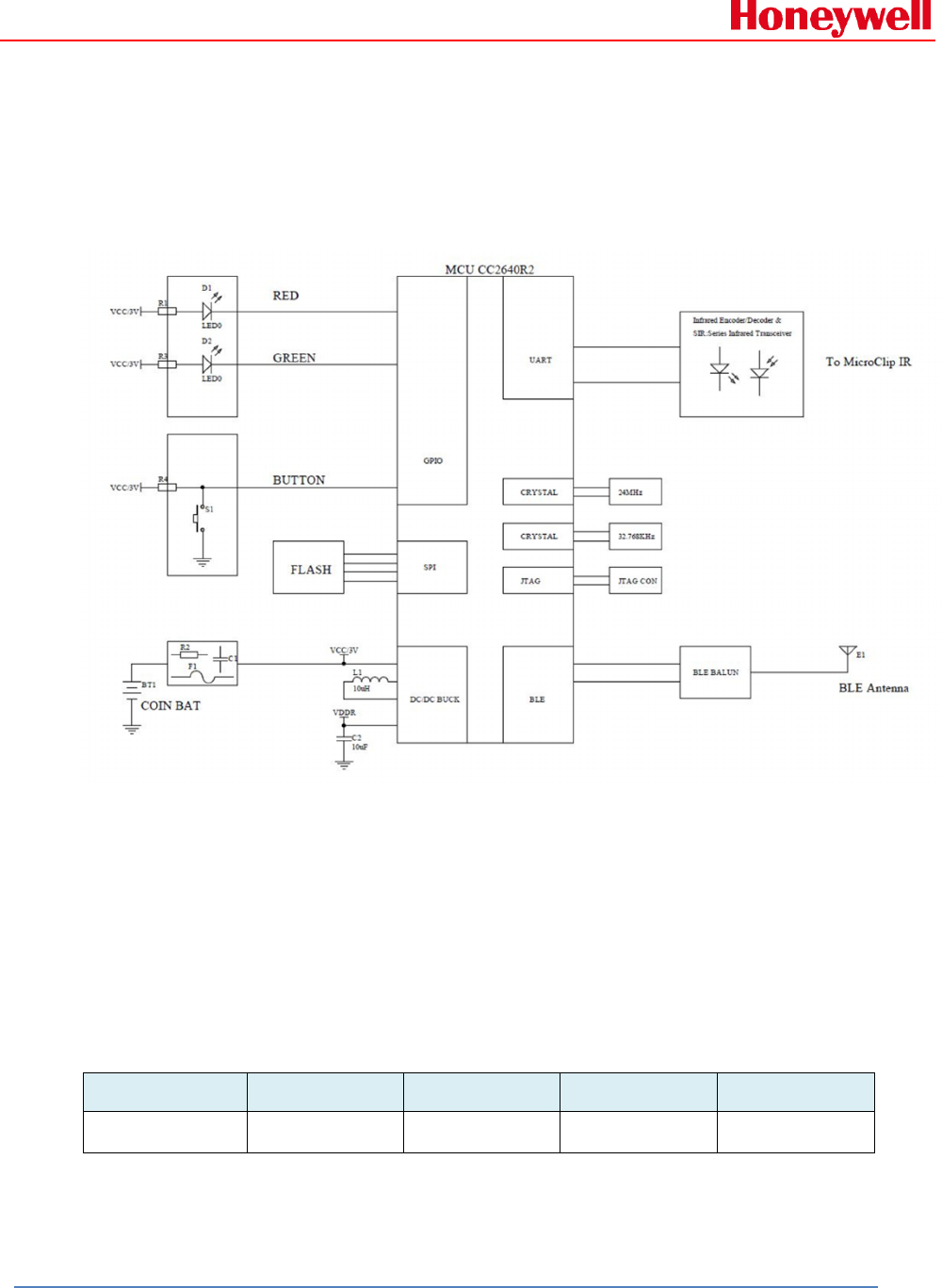
RAE Systems by Honeywell
Honeywell Confidential and Proprietary Revision –1.0 Page 5 of 10
Copyright ©
2018
Honeywell Analytics, All rights reserved.
2. Section2:
2.1 Block Diagram:
3. Section3:
3.1 Voltage:
Power supply for the RMWIFI-M3 module will be provided by the host power
pins.
Symbol
Min
Typ
Max
Unit
VCC 1.9 3.0 3.6 V
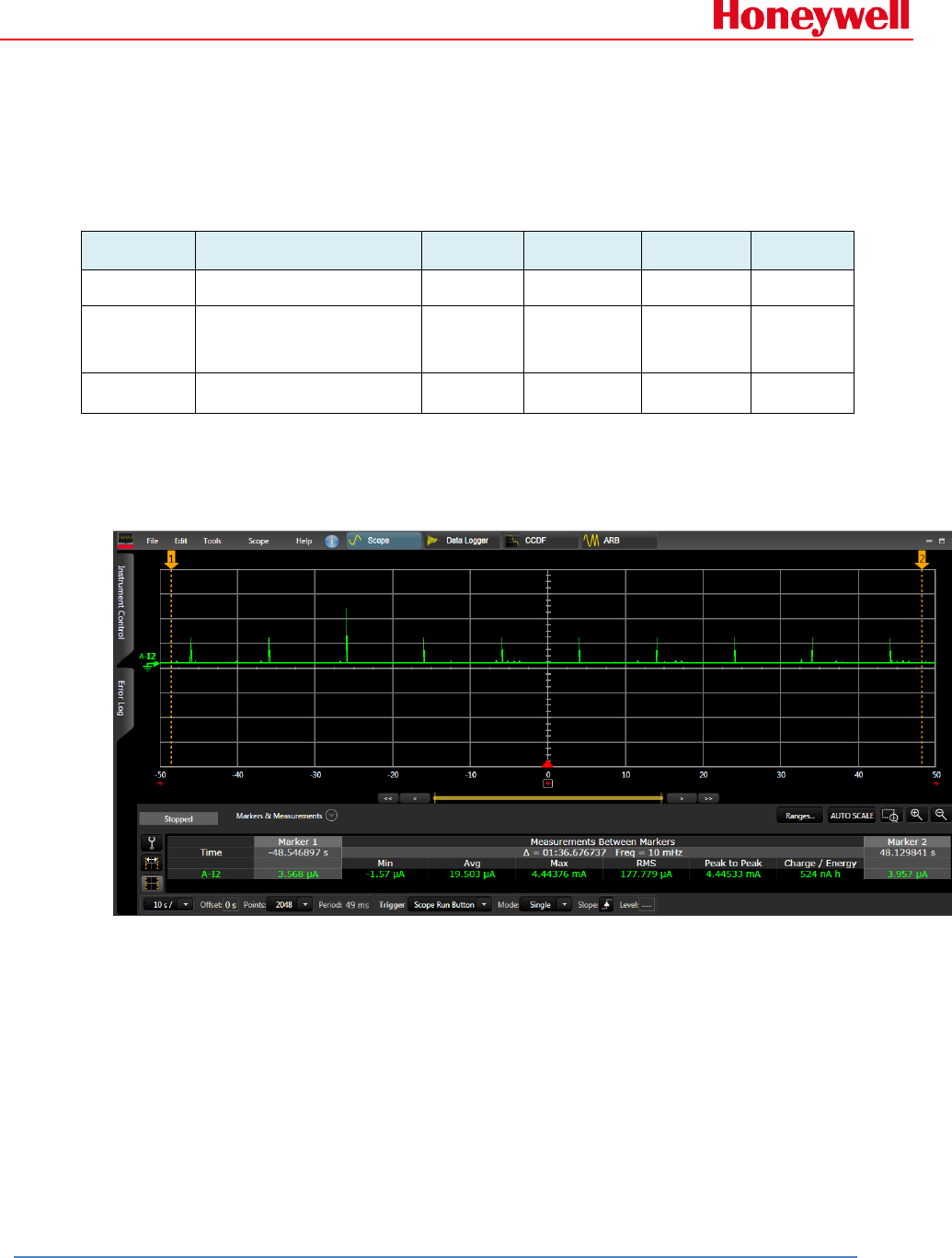
RAE Systems by Honeywell
Honeywell Confidential and Proprietary Revision –1.0 Page 6 of 10
Copyright ©
2018
Honeywell Analytics, All rights reserved.
3.2 Current Consumption:
Condition: 25deg.C. The default voltage is 3.0V.
Item
Condition
Min
Nom
Max
Unit
Max
Sending data peak value
7 mA
Average
IRDA Interval 10s,
BLE interval 30ms
50 uA
Sleep Average 20 uA
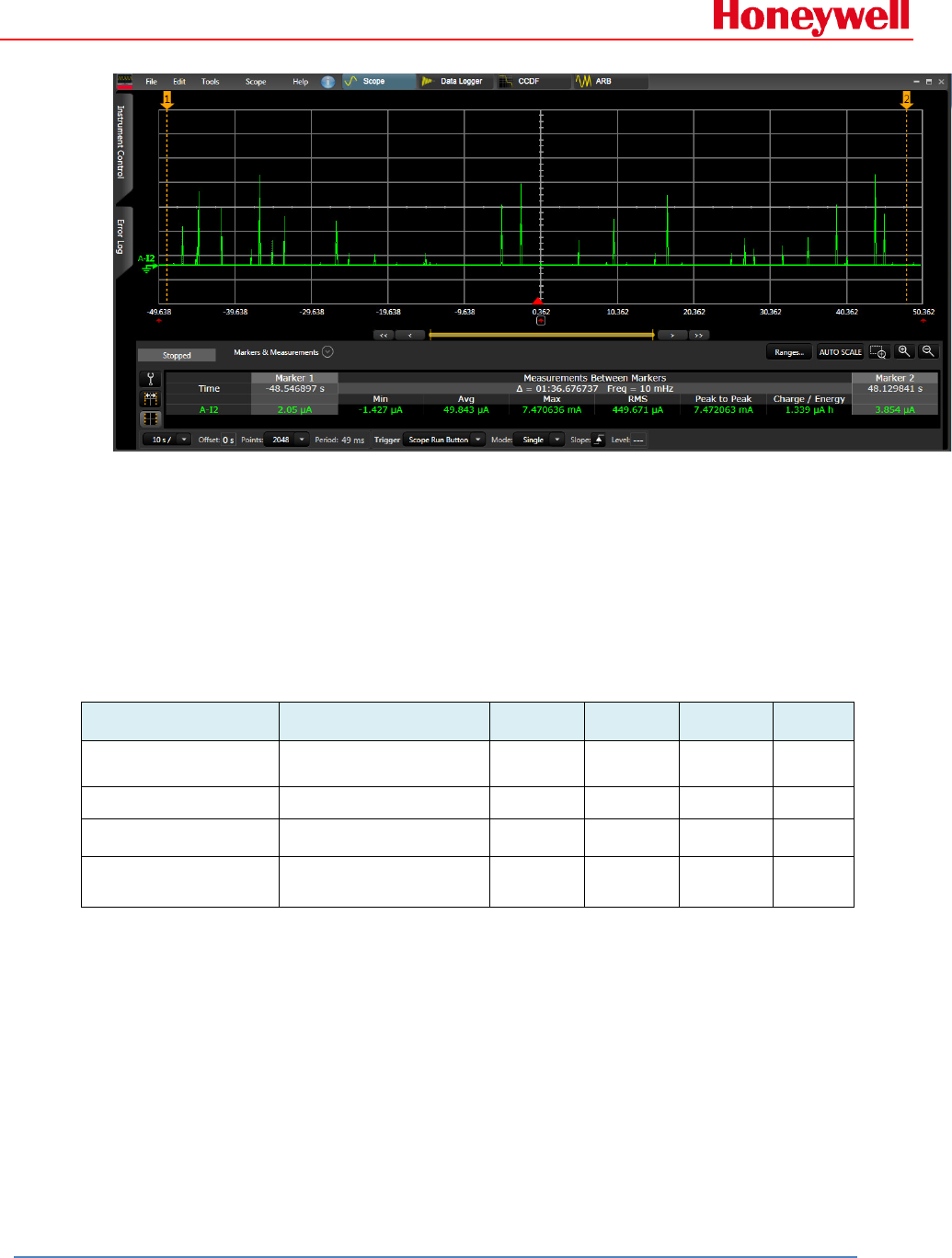
RAE Systems by Honeywell
Honeywell Confidential and Proprietary Revision –1.0 Page 7 of 10
Copyright ©
2018
Honeywell Analytics, All rights reserved.
3.3 RF Specification:
The RF performance of RMWIFI-M5 is given as follows. The default voltage is
3.3V.
Parameter
Condition
Min
Nom
Max
Unit
Frequency Range 2402 2480 MHz
Channel Space 2 MHz
RX sensitivity PER 1% -85 dBm
TX Power RBW=1M,
VBW=3M
3 4 dBm
3.4 Antenna Specification:
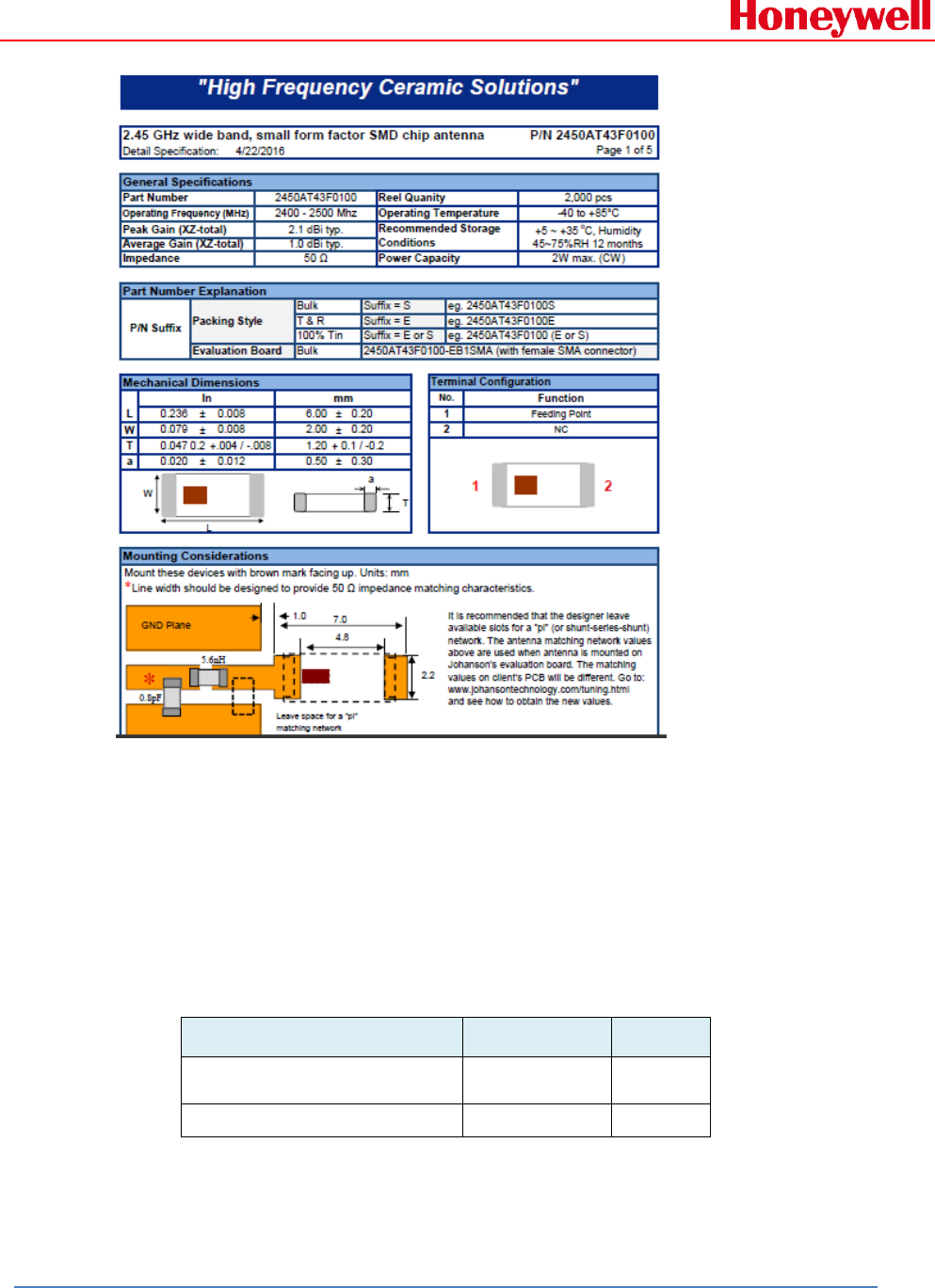
RAE Systems by Honeywell
Honeywell Confidential and Proprietary Revision –1.0 Page 8 of 10
Copyright ©
2018
Honeywell Analytics, All rights reserved.
4. Section3:
4.1
Physical Characteristics:
Parameter
Range
Unit
Size 35.5 * 32*7.2
mm
Operation Temperature -40 to +55
℃

RAE Systems by Honeywell
Honeywell Confidential and Proprietary Revision –1.0 Page 9 of 10
Copyright ©
2018
Honeywell Analytics, All rights reserved.
5. Regulatory:
Caution:
This device complies with Part 15 of the FCC Rules / Industry Canada licence-exempt
RSS standard(s). Operation is subject to the following two conditions: (1) this device
may not cause harmful interference, and (2) this device must accept any interference
received, including interference that may cause undesired operation.
Le présent appareil est conforme aux CNR d'Industrie Canada applicables aux
appareils radio exempts de licence. L'exploitation est autorisée aux deux conditions
suivantes : (1) l'appareil ne doit pas produire de brouillage, et (2) l'utilisateur de
l'appareil doit accepter tout brouillage radioélectrique subi, même si le brouillage est
susceptible d'en compromettre le fonctionnement.
Changes or modifications not expressly approved by the party responsible for
compliance could void the user's authority to operate the equipment.
This equipment has been tested and found to comply with the limits for a Class B
digital device, pursuant to part 15 of the FCC Rules. These limits are designed to
provide reasonable protection against harmful interference in a residential
installation. This equipment generates uses and can radiate radio frequency energy
and, if not installed and used in accordance with the instructions, may cause harmful
interference to radio communications. However, there is no guarantee that
interference will not occur in a particular installation. If this equipment does cause
harmful interference to radio or television reception, which can be determined by
turning the equipment off and on, the user is encouraged to try to correct the
interference by one or more of the following measures:
—Reorient or relocate the receiving antenna.
—Increase the separation between the equipment and receiver.
—Connect the equipment into an outlet on a circuit different from that to which the
receiver is connected.
—Consult the dealer or an experienced radio/TV technician for help.

RAE Systems by Honeywell
Honeywell Confidential and Proprietary Revision –1.0 Page 10 of 10
Copyright ©
2018
Honeywell Analytics, All rights reserved.
Under Industry Canada regulations, this radio transmitter may only operate using an
antenna of a type and maximum (or lesser) gain approved for the transmitter by
Industry Canada. To reduce potential radio interference to other users, the antenna
type and its gain should be so chosen that the equivalent isotropically radiated power
(e.i.r.p.) is not more than that necessary for successful communication.
Conformément à la réglementation d'Industrie Canada, le présent émetteur radio
peut
fonctionner avec une antenne d'un type et d'un gain maximal (ou inférieur) approuvé
pour l'émetteur par Industrie Canada. Dans le but de réduire les risques de
brouillage radioélectrique à l'intention des autres utilisateurs, il faut choisir le type
d'antenne et son gain de sorte que la puissance isotrope rayonnée équivalente
(p.i.r.e.) ne dépasse pas l'intensité nécessaire à l'établissement d'une communication
satisfaisante.